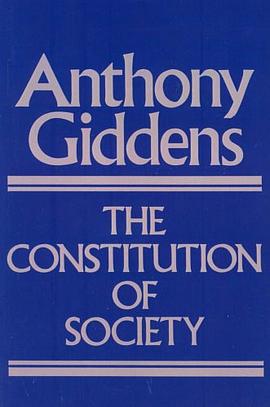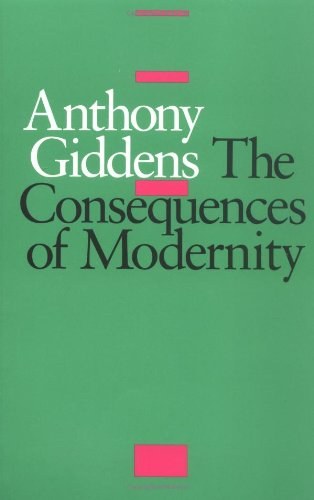The Constitution of Society 豆瓣
作者:
Anthony Giddens
Polity
1991
- 1
Anthony Giddens has been in the forefront of developments in social theory for the past decade. In The Constitution of Society he outlines the distinctive position he has evolved during that period and offers a full statement of a major new perspective in social thought, a synthesis and elaboration of ideas touched on in previous works but described here for the first time in an integrated and comprehensive form. A particular feature is Giddensa s concern to connect abstract problems of theory to an interpretation of the nature of empirical method in the social sciences. In presenting his own ideas, Giddens mounts a critical attack on some of the more orthodox sociological views. The Constitution of Society is an invaluable reference book for all those concerned with the basic issues in contemporary social theory.

